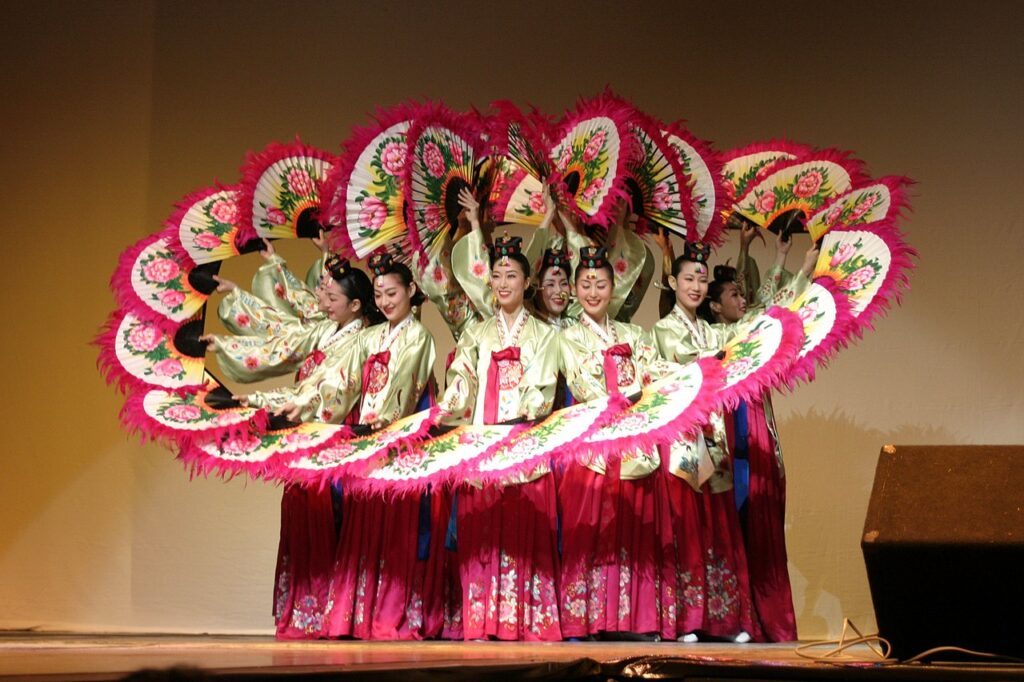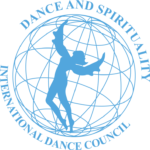South Korea
Korean folk religion also known as Shinism; (religion of the spirits/gods”) or Shindo (“way of the spirits/gods”), is the polytheistic and animistic ethnic religion of Korea which dates back to prehistory and consists in the worship of gods and ancestors nature spirits. When referring specifically to the shamanic practice the term Muism,( religion of the MU (shamans))
Mu is synonymous of the Chinese word Wu . The Mu are described as chosen persons.
Taoism or “Do” is thought to be the earliest state philosophy for the Korean people spanning several thousand years.It permeated all strata of the Korean populace, integrating with its native animism as well as Buddhist and Confucian institutions, temples, and ceremonies. The Taoist practice in Korea developed, somewhat in contrast to China, as an esoteric meditative practice in the mountains taught by the “mountain masters” or “mountain sages”.
Korean Confucianism is the form of Confucianism that emerged and developed in Korea. Today the legacy of Confucianism remains a fundamental part of Korean society, shaping the moral system, the way of life, social relations between old and young, high culture, and is the basis for much of the legal system.
Korean traditional dance originated in ancient shamanistic rituals thousands of years ago. By the time of the later Korean kingdoms, Goryeo and Joseon, in the 2nd millennium BC, Korean traditional dance benefited from regular support of the royal court, numerous academies, and even an official ministry of the government.
A number of different dances gained permanent high status, including the Hermit dance, the Ghost dance, Buchae Chum (the fan dance), Seung Mu (the Monk dance), the Oudong (Entertainer) dance and others, despite the fact that many had humble origins. For example, the Fan dance is believed to have originated with shamans performing nature rites with leaves but evolved into one of the most highly refined Korean dances.
Other Korean dances remained and remain to this day under the ambit of farmers and folk dance groups. Props used in the dances include the long billowing silk scarf of pure white used in the Salpuri dance, drums, hats, swords and others. The props may be peripheral or central to the story of the dance. In the Ghost dance, the entertainer has a joyous reunion with a deceased spouse, only to endure the heartbreak of reseparation, and there may few or no props. On the other hand, the Great Drum dance (one of several forms of drum dances) features a gaudy drum which may be taller than the performer. The drum tempts a monk until finally he succumbs to it and performs a rolling drum “orgy.”
See a first enumeration of korean dances
List Of Dances
Buchae Chum

Buchaechum has gained in both recognition and popularity in Japan , China and outside of Asia.
Buchaechum is a Korean fan dance originating from various traditional and religious Korean dances. It is usually performed by groups of female dancers.
Buchaechum was created in 1954 by dancer Kim Baek-bong, who drew influences from both Korean shamanic ritual dances and traditional Joseon court and folk dances. It is said that Baek-bong was inspired by the graceful movements of butterflies and wished to incorporate this beauty into traditional Korean dance
In 1993, the Korea Dance Association designated Buchaechum as a masterpiece, while in October of 2014, Buchaechum was designated as a cultural asset.
This dance is performed at many celebrations and events in Korea, and has become popular worldwide. Dancers use large fans painted with pink peony blossoms to create various formations that represent images such as birds, flowers, butterflies, dragons and waves. The dancers wear brightly coloured hanbok, the Korean traditional dress.
Reference : Wikipedia “Read”
KOREA
Salpuri
Salpuri is a Korean folk dance whose name literally means “to drive away evil spirits” This dance and its music are very codified and related to shamanic rituals. The musical ensemble accompanying the dance is called sinawi
An important belief has been that according to which the Salpuri dance had the power to send the soul of the dead to heaven, using pieces of white cloth as a scenic element or prop to remove the calamity from the family. The shaman could allow that the spectators would be fully involved in the dance in order to interest all the people present at the Salpuri.
Reference : Wikipedia “Read”
KOREA
Seung Mu

Credit :Lychi
Seungmu is a Korean dance performed by Buddhist monks. It is one of the most famous Korean traditional dances and designated as South Korea’s important intangible cultural asset number 27 in 1969. It has been developed into a solo dance by professional dancers.
The monk’s dance (Seungmu) was never distinctly featured in traditional Buddhist dance performances, but it is hardly separable from Buddhist traditions. The characteristics of the dance, such as hand and feet motion, share commonalities with Buddhist rituals. Based on analyses of forms and movements of Seungmu, some researchers have suggested that it may have derived from other Buddhist ritual dances or ethnic or folk dances
The dancer wears a robe (jangsam) with long sleeve called gasa and white hood called (gokkal). The drum or bubgo is the most important part of Seungmu.
Reference : Wikipedia “Read”
KOREA

